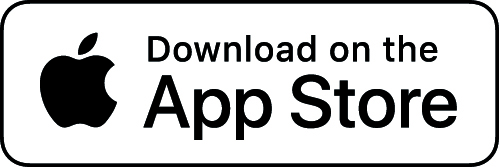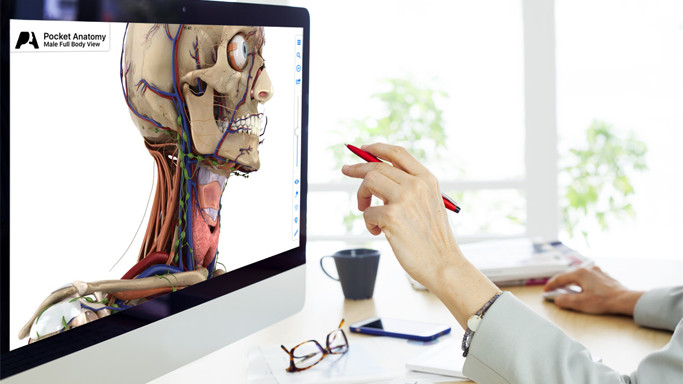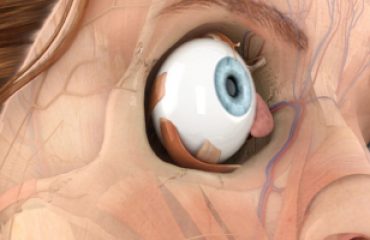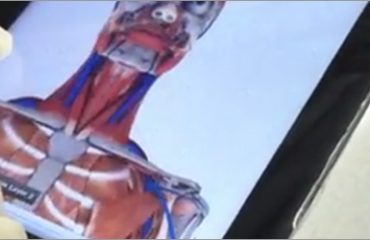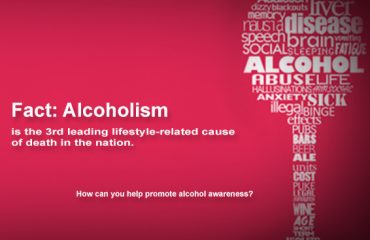In the United States, two-thirds of the population read at an eight-grade level or below and when it comes to health information, most Americans have the ability to read and write at the fifth-grade level.
Literacy is understanding, evaluating, using, and engaging with written text to participate in the society, to achieve one’s goals, and to develop one’s knowledge and potential. By extension, health literacy becomes the ability of a person to obtain, process, and understand basic health information and services. Health literacy includes health numeracy and computer literacy skills as well.
Mike Lytton, the former blog-master for the American Journal of Preventive Medicine, writing on the topic of health literacy, health numeracy, and computer literacy, listed these examples of the practical applications of being health literate:
- understanding what the doctor or nurse says to you;
- knowing in advance what a medicine, procedure, or hospital stay costs;
- assessing whether information about illness in the mass or social media is reliable;
- finding information on how to manage mental health problems such as stress, anger, or depression;
- understanding information on food packaging; or
- participating in activities in your community that improve health and well-being.
Styles of Learning
The basic foundation of literacy is “learning.” There are many ways in which we learn, taking in and processing information, making it applicable to our lives. Visual learning is one of them: This style of learning incorporates ideas, concepts, and data associated with images and techniques. Research shows that students better remember and recall information that has been presented both verbally and visually, and the use of graphic displays improves reading comprehension as well.
Approximately 66% of us are visual learners. Visual learners typically remember what they see better than what they read; they use diagrams and charts to understand new ideas, and often use color to organize material.
The offerings of Pocket Anatomy support learning in general and visual learning in particular, which in turn supports the concepts of health literacy and health numeracy.
Apps Supporting Health Literacy and Health Numeracy
Some of the assignments/activities that you’ll find in the Teacher’s Guide in the High School Anatomy app involve having your students use terminology and math skills that will become the building blocks for producing a graduate who understands the concepts of both health literacy and health numeracy—probably not by being able to label what he/she knows by those terms, but more importantly having them be part of everyday activities and an understanding of the world in which he/she functions (i.e., they “are careful consumers of scientific and technical information related to their everyday life”). (10)
One way to support the foundational processes of health literacy is to teach students about the information contained on food packages. This may lead to activities that include graphing how many calories, how much protein, or how much sodium is being ingested from the contents of one package. In turn, this may lead to a discussion about digestion, good nutrition, or physical activity.
Other concepts of health literacy critical to children and adolescents is that of keeping well, of taking care of minor problems before they become major, of knowing about first aid, and how disease is transmitted from one person to another, including the visual display of the male and female anatomy and a section on sexually transmitted diseases.
Implementing Health Literacy, Health Numeracy, and Computer Literacy Skills in Clinical Practice
Pocket Anatomy supports the foundational tenets of health literacy by providing the clinical care provider with tools to assist patients in obtaining, processing, and understanding basic health information.
Helping adults learn about their bodies and remember what has been said in a clinical visit is important. Adults who are anxious at the time of a visit are often unable to recall the provider’s instructions; the memory of the visit may be incomplete.
Patient education is a fundamental part of Pocket Anatomy, giving the care provider the ability to teach about the human body using visual digital displays, to explain health conditions in videos, and to share the results of each clinical visit with the patient via recorded messages that can be emailed to the patient, for his/her later review at home.
In addition, two of the basic concepts of health literacy are those of shared decision making and informed decision making. Pocket Anatomy provides the means to both teach and encourage interaction between providers and patients, leading to better decision-making processes for the patient, where conditions are explained well enough for a patient to make an informed (and shared) decision about the direction of her/his care.
Further reading
1. WHO. Health literacy: the solid facts
2. National Network of Libraries of Medicine: Health Literacy
3. Health Resources and Services Administration: Health Literacy
Interested in taking our award-winning Pocket Anatomy for a test drive? 